PDF chapter test TRY NOW
Introduction to light
When we enter a completely dark room, nothing is visible to our eyes, but the moment we switch on the light, everything is visible to us. This is because light can be detected with the help of human eye. It helps us to see things around us. Without light, we cannot see an object.

Sources of light
The objects which can emit light on their own are knowns as luminous objects.
Example:
Sun, torchlight, candle, fireflies, jellyfish, glow-worm.
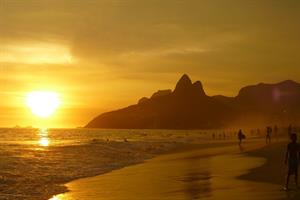
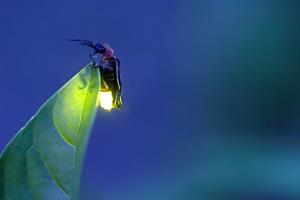
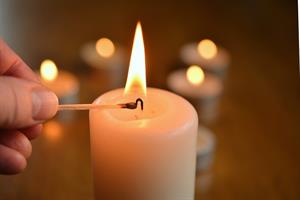
Sun is the major source of natural light. During daytime, light from the Sun falls on the objects (like trees, chair, houses) and helps us to see things around us. Sunlight plays a vital role in the process of photosynthesis. All living things on the earth in way or other depends on sunlight.
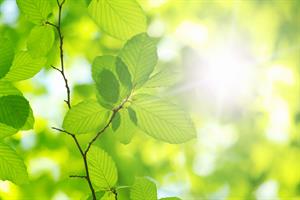
The objects which do not emit light on their own are knowns as non-luminous objects.
Example:
Wood, book, cardboard, paper, etc.

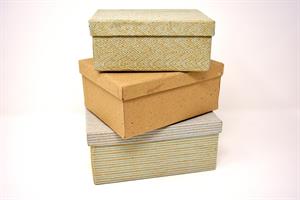
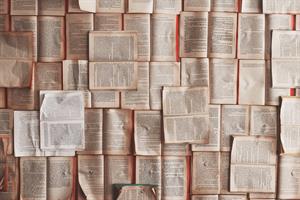
Types of objects
Depending on the interaction of light with materials, the objects can be classified into three types.
Transparent objects:
The objects which allow light to pass through them completely are known as transparent objects.
Example:
Eyeglasses, clear drinking glass, clear water, etc.
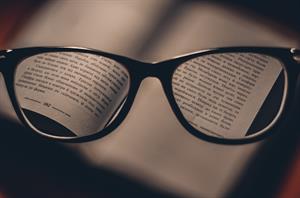
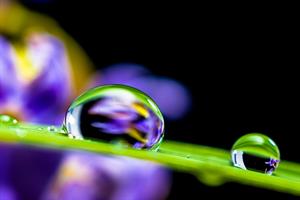
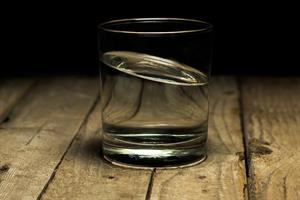
Translucent objects:
The objects which allow light to pass through them partially are known as translucent objects.
Example:
A rough window glass, butter paper, wax, etc.

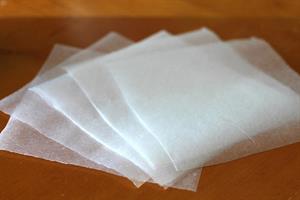
Opaque objects:
The objects which do not allow any light to pass through them are called as opaque objects.
Example:
Wall, cardboard, door, stone, etc.
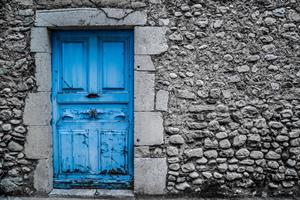
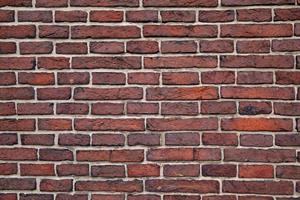

An object can be transparent, translucent or opaque depending on the amount of light passes through it.
Reference:
https://post.greatist.com/wp-content/uploads/sites/3/2020/02/325781_2200-800x1200.jpg
https://media.nationalgeographic.org/assets/photos/119/351/59ca49d4-f7e3-4344-bb90-1597ac521977.jpg
https://i.stack.imgur.com/5RlAz.png
https://3.imimg.com/data3/ET/NA/MY-6294718/wax-paper-500x500.jpg
https://cdn.pixabay.com/photo/2014/08/27/22/36/waterfall-429564_960_720.jpg
https://cdn.pixabay.com/photo/2016/03/27/19/32/blur-1283865_960_720.jpg
https://media.nationalgeographic.org/assets/photos/119/351/59ca49d4-f7e3-4344-bb90-1597ac521977.jpg
https://i.stack.imgur.com/5RlAz.png
https://3.imimg.com/data3/ET/NA/MY-6294718/wax-paper-500x500.jpg
https://cdn.pixabay.com/photo/2014/08/27/22/36/waterfall-429564_960_720.jpg
https://cdn.pixabay.com/photo/2016/03/27/19/32/blur-1283865_960_720.jpg
